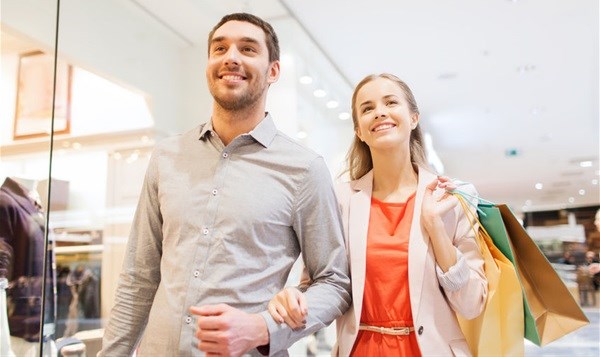Enhancing the in-store experience through personalisation

Retailers are under increasing pressure to connect in a more direct fashion with customers given the online and real-world offerings that are out there. It is about leveraging technology innovations as the means to empower them to build customer loyalty at a time when it is incredibly difficult to do so.
From car insurance (trackers that monitor and reward driver behaviour) to medical aid (connected fitness monitors that result in reduced rates or add-on benefits), consumers are used to a personalised e-commerce experience. However, the in-store retail experience has some catching up to do, with consumers also demanding to be appreciated by the outlets they frequent.
Fortunately, the technology (and data) is available for retailers to use – it just needs to be packaged and used differently to unlock the potential.
Real-time metrics
Personalisation enables retailers to market the right product to the right person at the right price point. It is about using technology to get a clearer understanding of the buying habits of a specific group of customers – and having the ability to upsell to them while they are in the store, based on the insights gained from real-time monitoring.
For example, by using facial recognition and heat mapping technology, a retailer can follow a customer on their shopping journey. These insights enable marketers to identify the promotions that work for shoppers and highlight the dwell time people spend in front of products.
The potential now exists to offer more agile value propositions based on real-time metrics. Having connected solutions in place to leverage data analysis and integrated technology is imperative.
These innovations need to enable a personalised shopping experience in the shortest time, at the most affordable price, and with the lowest impact on the business-as-usual environment.
Connecting innovation
With so many different technologies available to create a personalised in-store experience, a retailer needs to manage the data collectively, effectively, and in such a way as to derive the best business value.
To do so, the personalisation technology must provide a built-in reconciliation engine to identify which data is collected and where it has been collected from. For example, to track social media posts about product likes and shares, capture in-store radio-frequency identification (RFID) tags to track merchandise movement, monitor cell phone apps through Wi-Fi beacons that push promotions directly to customers based on where they are in the store, and determine the relevance of the data collected as a business driver for the retailer.
With the amount of data actually available to retailers today, we have only reached the tip of the iceberg of what can be achieved with in-store personalisation. There is so much potential to apply the data obtained through a connected solution that more customisation should naturally follow.

























